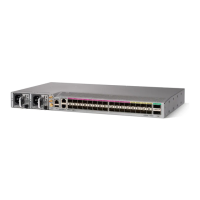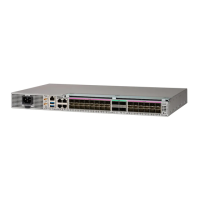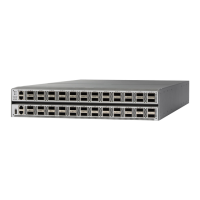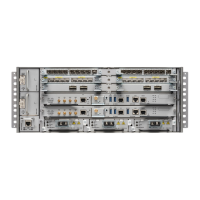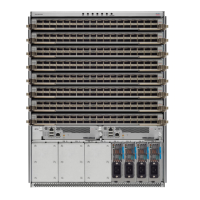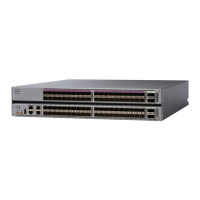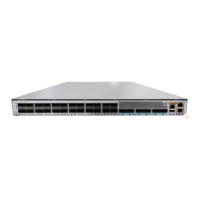• How many customers to be supported?
• How many VPNs are required for each customer?
• How many virtual routing and forwarding (VRF) instances are there for each VPN?
• Determine the routing protocols required in the core.
• Determine if BGP load sharing and redundant paths in the MPLS VPN core are required.
Configure Routing Protocols in the Core
You can use RIP, OSPF or IS-IS as the routing protocol in the core.
Figure 5: OSPF as Routing Protocol in the Core
Configuration Example
This example lists the steps to configure OSPF as the routing protocol in the core.
Router-PE1#configure
Router-PE1(config)#router ospf dc-core
Router-PE1(config-ospf)#address-family ipv4 unicast
Router-PE1(config-ospf)#area 1
Router-PE1(config-ospf-ar)#interface HundredGigE0/0/1/0
Router-PE1(config-ospf-vrf-ar-if)#commit
Running Configuration
router ospf dc-core
router-id 13.13.13.1
address-family ipv4 unicast
area 1
interface HundredGigE0/0/1/0
!
!
!
Verification
• Verify the OSPF neighbor and ensure that the State is displayed as 'FULL'.
Router-PE1# show ospf neighbor
Neighbors for OSPF dc-core
Neighbor ID Pri State Dead Time Address Interface
16.16.16.1 1 FULL/DR 00:00:34 191.22.1.2 HundredGigE0/0/1/0
Neighbor is up for 1d18h
Total neighbor count: 1
L3VPN Configuration Guide for Cisco NCS 540 Series Routers, IOS XR Release 6.3.x
10
MPLS L3VPN Overview
Configure Routing Protocols in the Core
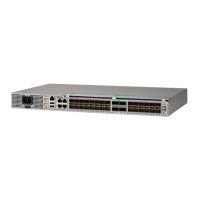
